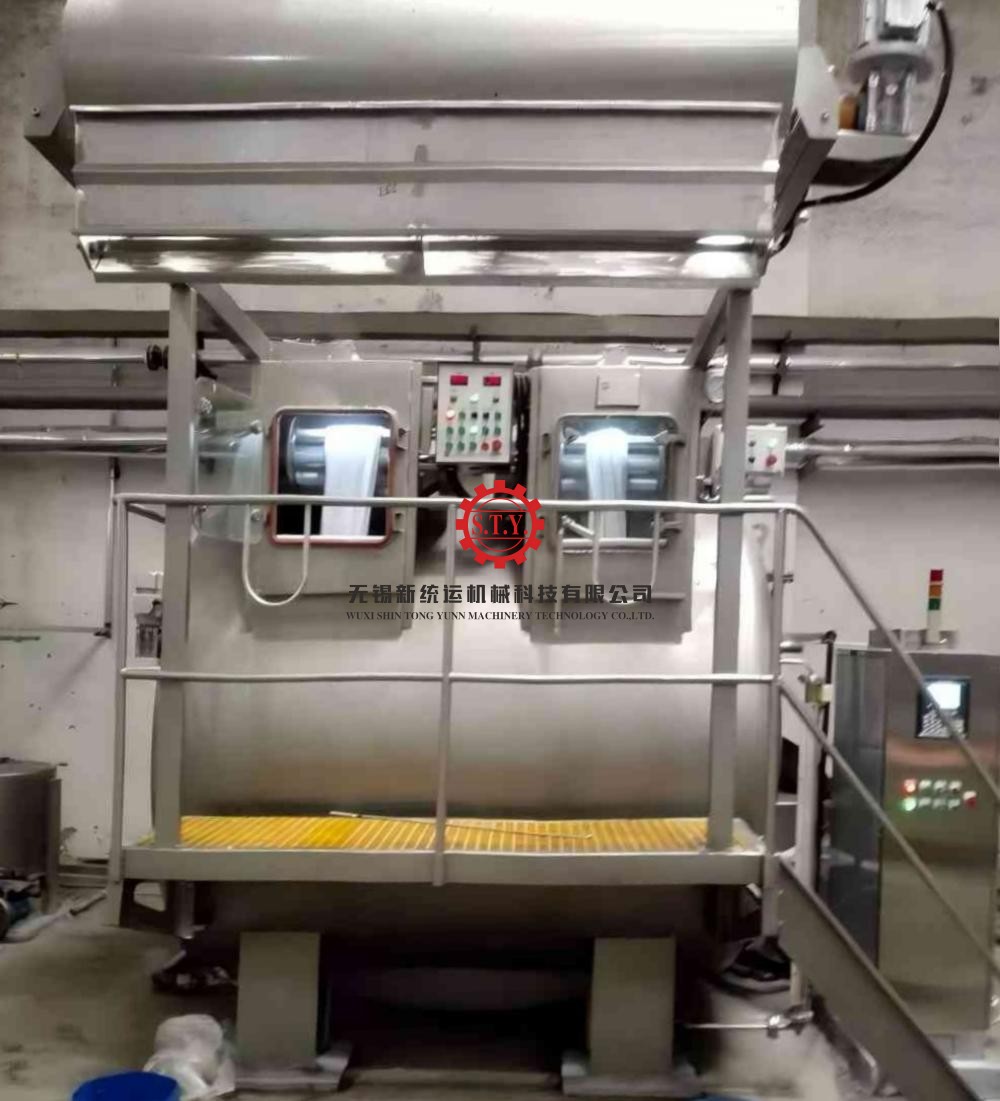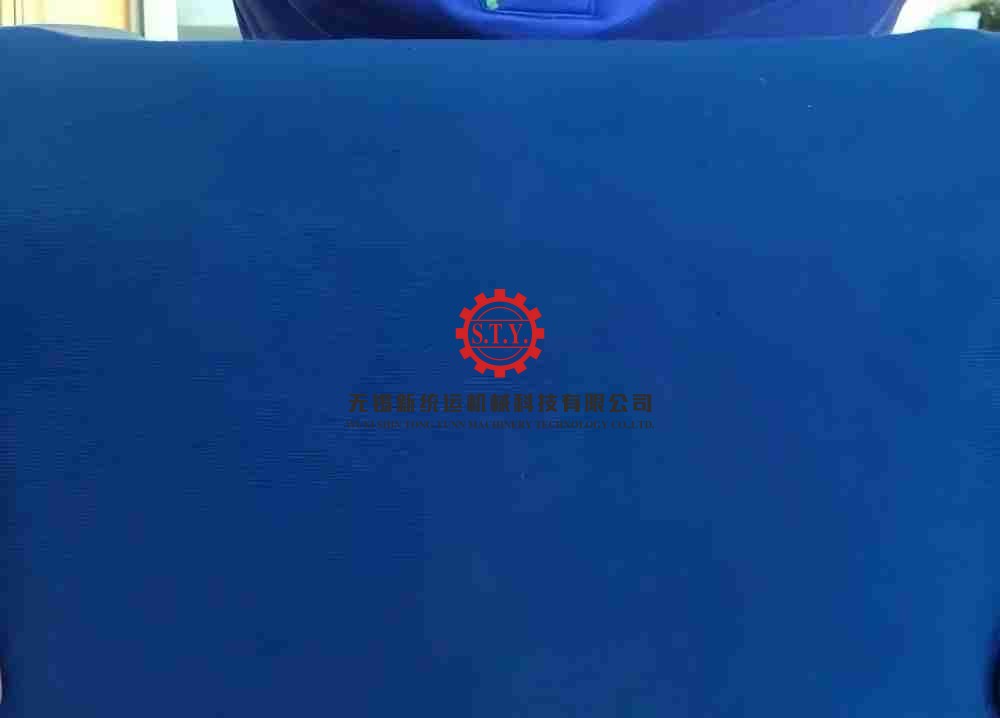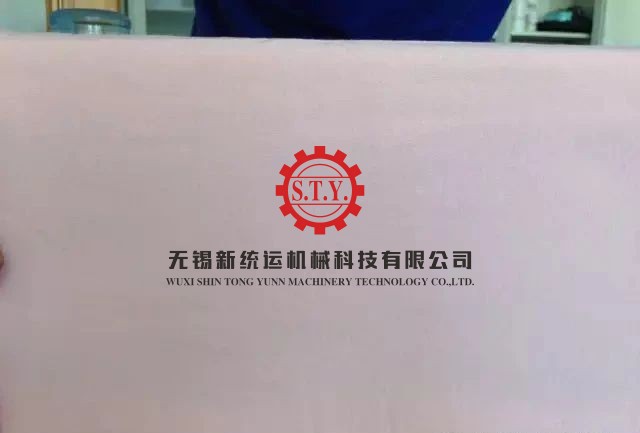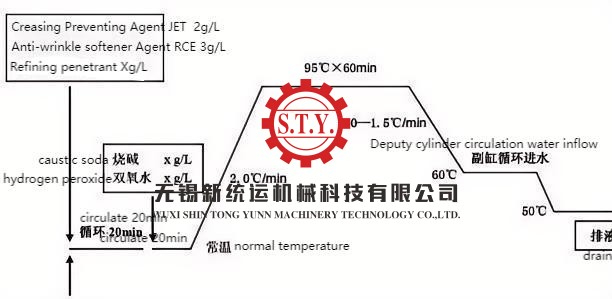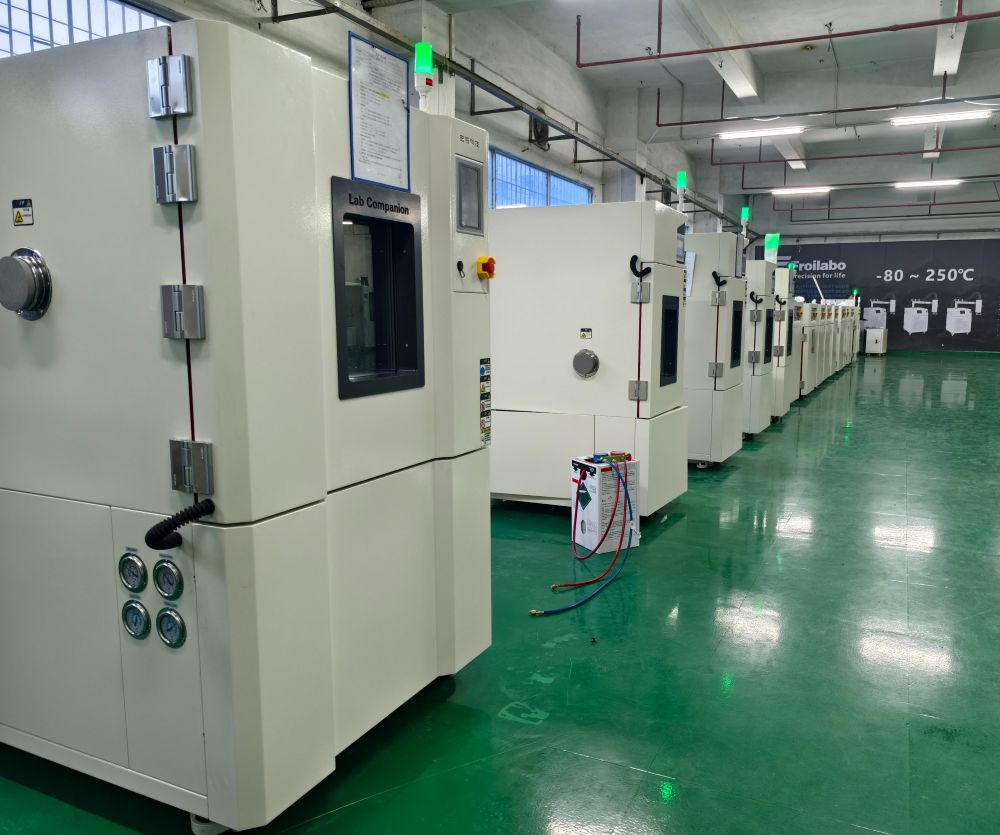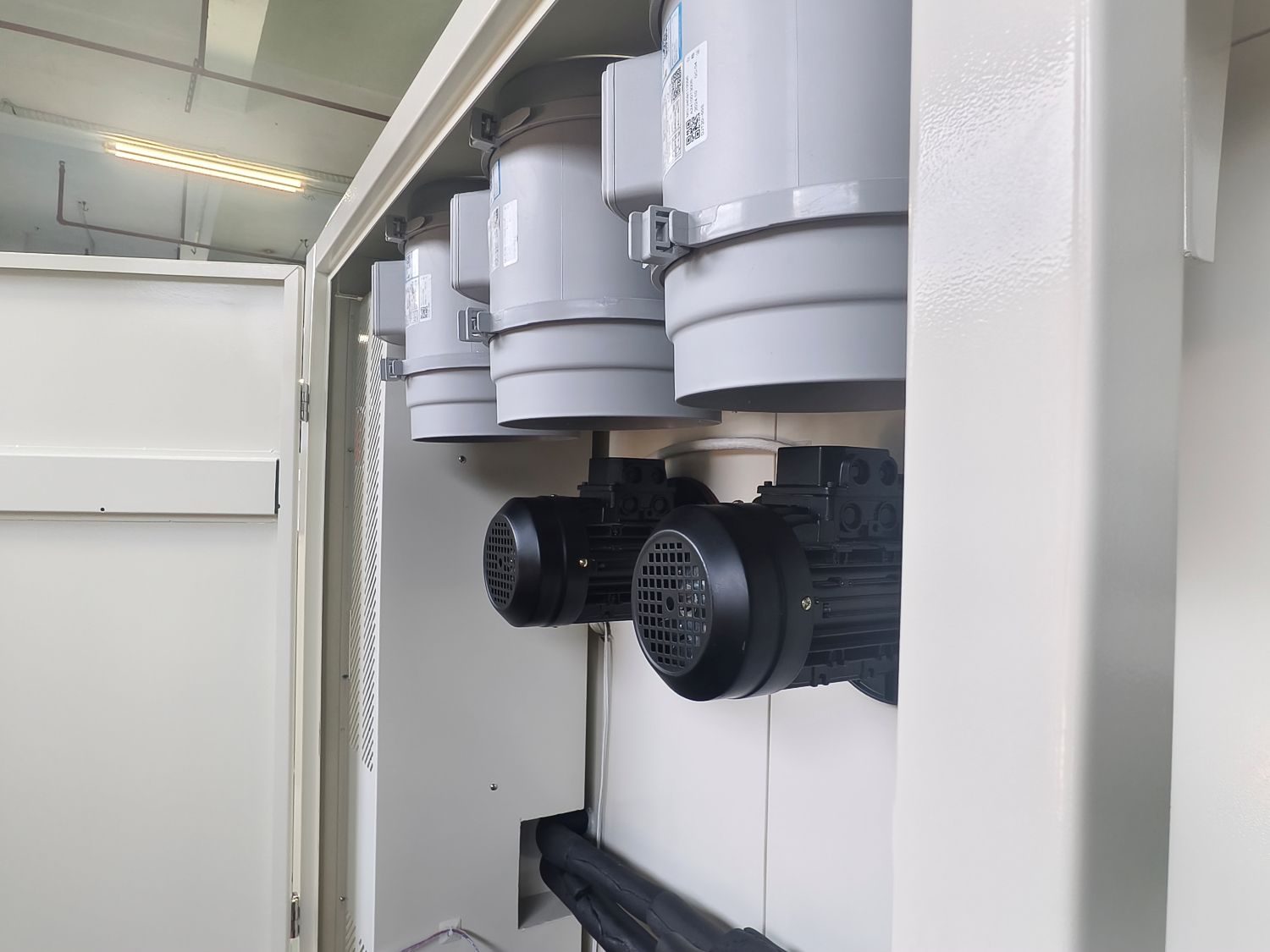With the development of industrial intelligence, automation equipment plays an increasingly important role in modern production. As an important equipment in the field of bagged powder, Gachn Group's automatic loaders have demonstrated their unique advantages in multiple scenarios with their high efficiency, precision, and environmental protection. This article will discuss in detail the application scenarios of automatic loaders and the many benefits they bring to enterprises.
1. Main application scenarios of automatic loaders
Cement manufacturing industry: Automatic loaders are most widely used in the cement manufacturing industry. The production and transportation of bagged cement requires an efficient loading process. Traditional manual handling methods are inefficient, labor-intensive, and dust is extremely harmful to the human body. The automatic loaders use intelligent loading solutions to achieve fast and neat loading of cement bags, reduce pollution, and significantly improve the overall efficiency of the production line.
Large logistics centers: In large logistics centers, automatic loaders can help complete the loading tasks of various bagged goods. Through 3D radar scanning and vehicle modeling, the equipment can quickly adapt to transport vehicles of different sizes and types to maximize the utilization of compartment space.
Powder packaging industry: For enterprises that need to transport powder packaging products, such as flour manufacturers, the low-position bag drop design and micro-dust operation of the automatic loader can effectively reduce dust flying, maintain the cleanliness of the production environment, and meet the high standards of environmental protection and occupational health.
Other industries that need to load bagged goods: Such as grain, chemical, building materials and other industries, automatic loaders can provide efficient and stable loading solutions, which can reduce labor costs for enterprises while ensuring the integrity of goods during loading.
2. Benefits brought by automatic loaders to enterprises
Improve loading efficiency and optimize production processes
The automatic loader of Gachn Group places each bag of goods accurately in the carriage through intelligent control and efficient automatic operation without manual intervention. This efficient loading method not only speeds up loading, but also reduces efficiency fluctuations caused by manual handling.
Reduce labor costs
In the face of problems such as difficulty in recruiting workers and high labor costs in the labor market, the automatic loader of Gachn Group provides an effective solution for enterprises. The equipment can complete the heavy loading task without a lot of manpower, helping enterprises reduce the expenditure of hiring porters, thereby saving operating costs.
Reduce cargo loss
Gachn Group's automatic loader adopts a low-position bag drop design to avoid damage to goods caused by falling or falling during traditional manual handling. In addition, the neatness during loading also reduces the risk of cargo displacement during transportation and ensures the integrity of the goods.
Improve transportation efficiency
Through 3D radar scanning and intelligent modeling, Gachn Group's automatic loader can accurately plan the loading plan and maximize the use of the compartment space. This not only reduces the empty rate of the vehicle, but also reduces the frequency of transportation, indirectly saving transportation costs.
Promote green environmental protection and occupational health
Gachn Group's automatic loader is equipped with an efficient dust collection system and micro-dust operation design, which greatly reduces dust pollution and improves the factory's working environment. At the same time, this also reduces the health risks of employees in high-dust environments, in line with the requirements of environmentally friendly production and occupational health.
Enhance corporate image and competitiveness
Enterprises that introduce automatic loaders have demonstrated their leading position in the field of intelligent and modern production. This efficient and environmentally friendly production method not only enhances the company's brand image, but also strengthens its core competitiveness in market competition.
3. Unique technical advantages of automatic loading machines
Intelligent vehicle model detection and modeling
Gachn Group's automatic loading machine uses 3D radar to scan the vehicle, quickly generates an accurate car model, and combines intelligent algorithms to optimize the loading layout to maximize space utilization.
Adapt to a variety of loading needs
Whether it is horizontal or vertical packaging, the automatic loading machine can adapt flexibly and ensure that the goods are neat and stable after loading. The equipment can also adapt to vehicles of various heights and types, further enhancing the breadth of application.
High reliability and continuous operation capability
The automatic loading machine uses the main components of internationally renowned brands to enhance the rigidity and stability of the equipment. Even under the condition of 24-hour continuous operation, the equipment can still maintain efficient and stable performance.
4. Summary
As a model of modern industrial intelligence, Gachn Group's automatic loading machine has brought revolutionary loading solutions to industries such as bagged powder products. Its high efficiency, environmental protection and reliability not only optimize the loading process, but also create significant economic and social benefits for enterprises. With the continuous advancement of technology and the expansion of application scenarios, Jiachuang Group's automatic loaders will become an important tool for more industries to improve productivity and competitiveness, injecting new vitality into the sustainable development of enterprises.
